Affiliate links on Android Authority may earn us a commission. Learn more.
Quad-core processors: A layman's guide
Published onApril 15, 2012
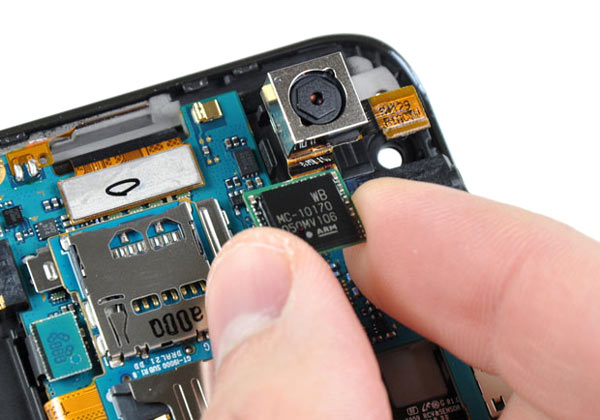
The advent of the smartphone brought with it a dramatic shift in how people work, communicate, and play. Of course, the primary use of the ‘cellphone’ is still to make and receive phone calls, but our mobile devices are increasingly being utilized for a wide variety of other purposes. Email, social networking apps, internet browsing, and serious gaming capabilities mean that we have all the information we need at our fingertips and are never far away from breaking news or the next party invite.
Quite simply, the increasing demands we are placing on mobile devices have brought about the necessity for more powerful processing. We have moved on from “weak” processors to dual-core powerhouses and now, we are seeing the steady introduction of quad-core devices. Granted, we are seeing this shift to quad-core only for Android devices so far, with Apple relying, for now, on dual-core processors, and Nokia featuring a single-core processor to power its Windows Phone 7 handsets.
Here, we will talk about some of the fundamental features of mobile quad-core processors. We will discuss not only what makes the quad-core chip a big step forward for mobile tech, but also the situations when more cores can actually lead to an inferior user experience.
What is a quad-core processor?
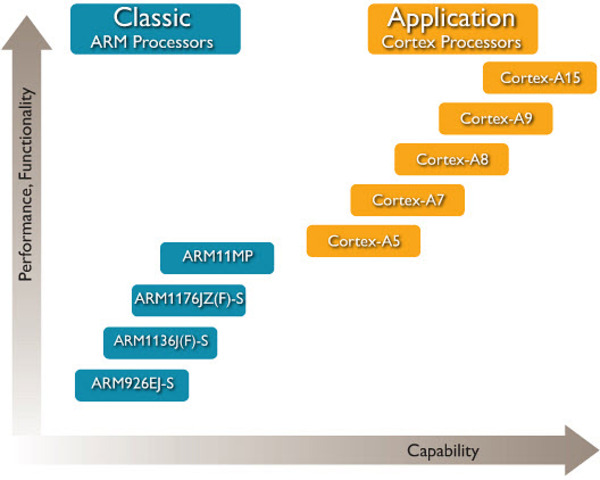
As the name suggests, a quad-core processor is a System-0n-a-Chip (S0C) equipped with a four CPU cores . Every “core” is a single ARM processor, with the four put together to create the complete chip. ARM designs the architecture of chips used in almost every smartphone available in the world. You can see a chart above of how ARM core processors have advanced over the years, with each iteration being more powerful.
So, it is obvious that a dual-core Cortex-A15 processor will be more powerful than a dual-core A9 processor, and that a quad-core A9 processor (such as the NVIDIA Tegra 3) will be more powerful than a dual-core A9 processor (NVIDIA Tegra 2). A lot of processor manufacturers also buy the right to tweak the basic structure of the ARM design, as is seen with the NVIDIA Tegra 3 4+1 core setup, that incorporates a companion (ninja) core for low-powered activities, to offer extended battery life.
What we expect from a quad-core processor
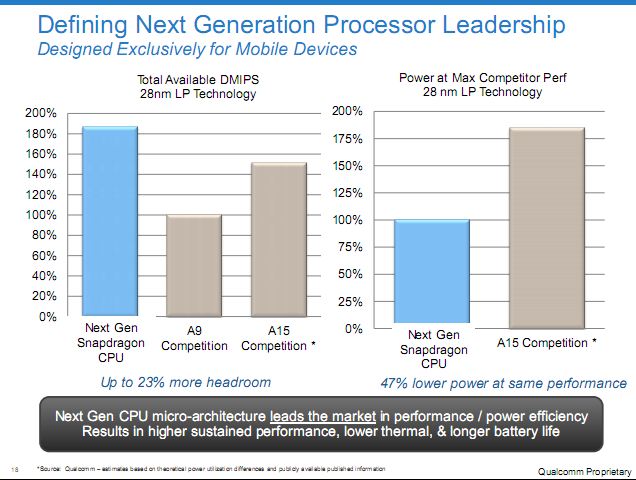
At the most basic level, we expect that doubling the number of cores, from dual-core to quad-core, would double the speed of running applications. Imagine a dual-core processor device running eight applications. This will, ideally, divide four applications across two cores. With a quad-core device, you would be, again ideally, running two applications over four cores. In essence, doubling the efficiency and speed of the device.
Another major expectation that many have is that a quad-core processor should significantly increase the battery life of the device. With the presence of more cores, executing a task should exert less pressure on the processor and therefore require less power from the battery, right? Users should enjoy a substantial increase in battery life.
We’ve been seeing a significant number of classic PC games being developed for handheld devices. There are also a large number of graphic-intensive games available for Android devices. As more and more of such games become available, quad-core processors are expected to provide a major improvement in the user’s gaming experience.
What actually happens

The first misstep when it comes to complicated processor architecture and technology is the basic assumption that 2+2=4. Ideally, that is exactly how it is supposed to work, but that does not happen, at least not yet. Let’s take a look at why.
- When moving up from dual to quad-core processors, although the number of cores are doubled, the other systems are not. The four-cored processor is still relying on one, albeit slightly more powerful, memory pool, battery, etc.
- The example given above about four cores working at double the capacity, holds true only if there is an equal sharing of tasks. Unfortunately, that is not the case so far. The OS itself needs to support “multi-threading,” that is, assigning a part of the task equally to all cores.
- For a quad-core device to work efficiently, developers need to write code for programs and applications while keeping multi-threading in mind. The issue being that not only is writing such code for apps much harder, but also increases the complexity of debugging such a program of something goes wrong. Apps created for multi-core processing are simply much more difficult to create and maintain.
- At this point, quad-core efficiency will significantly improve only with apps that are specifically made for multiple core use.
There has been some disbelief about the expected increase in battery life. There is a very good reason to think so. When it comes to battery life, one of the biggest consumers is the processor, the display, and the cellular radio. While processors have become more battery efficient, the others have not. Every high-end smartphone features a high resolution display which requires a lot more power, and we all know the affect 4G radios have on battery life. So again, while there might be an increase in battery efficiency due to quad-core processors, it not as significant an improvement as we would hope.
The only area where quad-core devices completely meet our expectations is gaming. Most gaming applications take advantage of multiple threads, and the increased number of cores provide a more efficient and much smoother gaming experience. Plus, it’s important to remember that games and other advanced applications that need as much power as possible are only as good as the code they are written on. In the case of the Tegra 3 SoC, which is found in many of today’s hottest devices, including the Transformer Infinity Pad 300, the original Transformer Prime, and the HTCOne X (non-LTE), NVIDIA has employed its vast expertise in creating world-class hardware, and has collaborated with developers to really optimize these gaming titles, and do so in such a way that they take advantage of all of those latent cores.
The Present
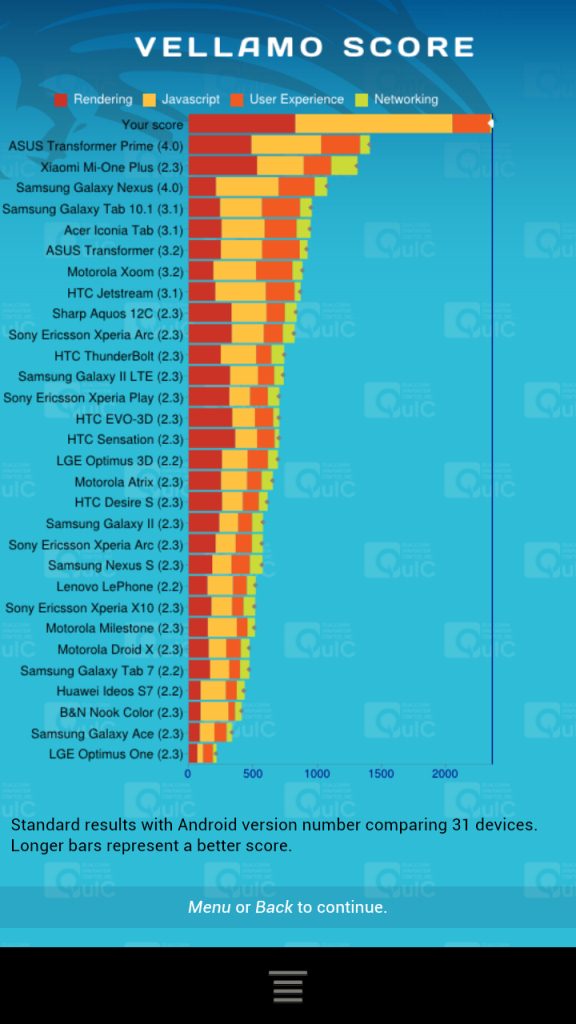
The current crop of quad-core processors (NVIDIA Tegra 3, Samsung Exynos 4412, etc.) feature ARM’s Cortex A9 architecture. The Tegra 3 processor is far better than the dual-core Tegra 2, with similar architecture. But this does not seem to be the case against Qualcomm’s dual-core Snapdragon S4 processor with its Krait cores, as seen from some benchmark tests. This can be attributed to the fact that the Krait core is more akin to the Cortex-A15 architecture, but the benchmark tests are still quite surprising. We are still eagerly awaiting the arrival of the Samsung Galaxy S3 with a quad-core Exynos processor, and the HUAWEI Ascend D Quad, dubbed “the world’s fastest smartphone” with HUAWEI’s own K3V2 quad-core processor. But for now, it seems as though quad-core processors aren’t as powerful as most would expect.
The Future
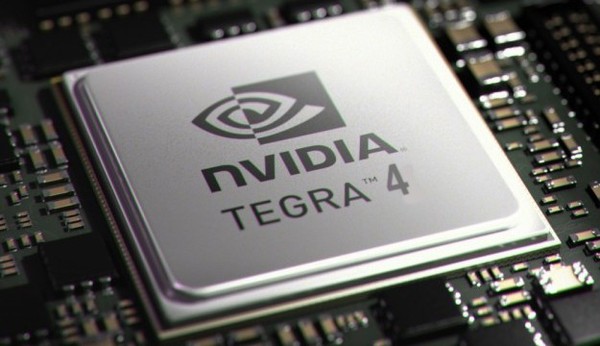
We’ve already seen some rumors that indicate that we should see the introduction of the NVIDIA Tegra 4 quad-core ARM Cortex-A15 processor as early as Q1 of 2013. There have also been some leaks on a Qualcomm Snapdragon quad-core processor in the works along with continuous upgrades for Samsung’s Exynos processor lineup. We cannot say exactly what is coming in the future, but we do know that it will only get even better from here on in.
Conclusion
Quad-core processors are a big step up in CPU technology, and they undoubtedly represent the future of mobile processors. The real question of whether they fit into the present is debatable. The more we examine it closely, the more it becomes apparent that we will have to wait for app and game developers to catch up before we can truly enjoy what today’s and tomorrow’s quad core and octo-core (8) SoC’s are bringing to the table.
As it stands, quad-core technology isn’t “all that,” at least, not yet.
What are your thoughts? Would you wait on getting a quad-core device or is it a must-have right now?